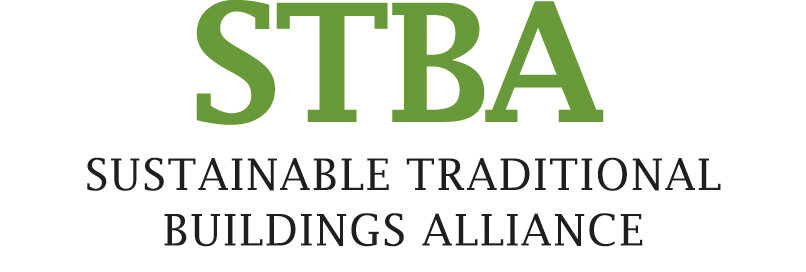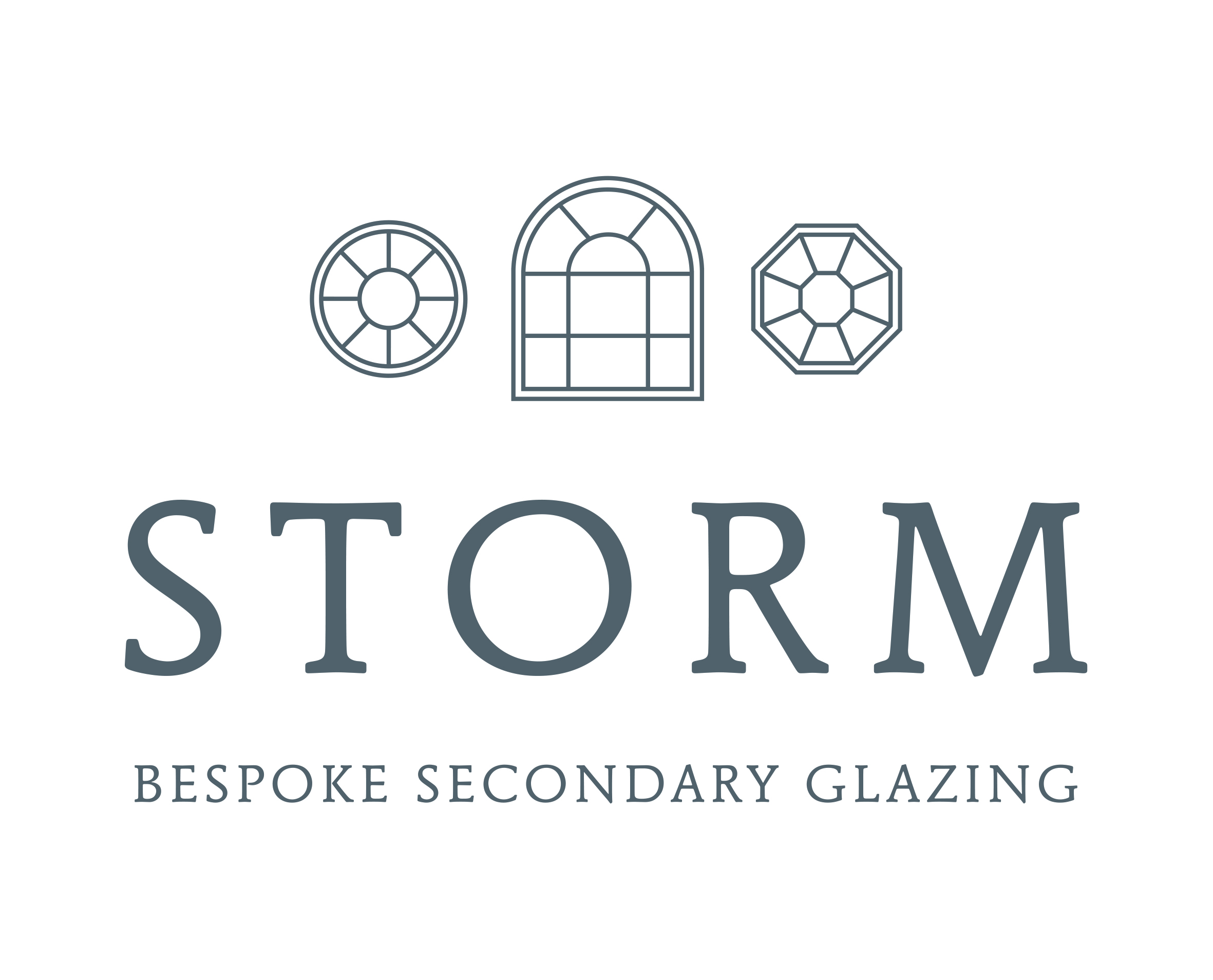Date: -
Address: , , E3 5RP
Audience: Intermediate CPD, Advanced CPD, General interest,
Price:
SPAB/ STBA Members: £100
Non Members: £125
Students: £45
Ticket price includes a light lunch and refreshments throughout the day. Please indicate any dietary requirements when you book.
Event details
Thursday 2 November 2023, 9am - 6pm
As the climate crisis unfolds, the natural world is presenting both threats and opportunities to old buildings and those who live in and work on them. How can we work with nature to make our old buildings comfortable, resilient, and fit for the future?
Join us at the SPAB-STBA Conference — a packed day of talks exploring a nature-positive approach to traditional buildings.You'll hear from expert speakers on topics including flood resilience, thatch, mud building, lime, biodiversity, wetland plant cultivation and more.
This year we’ll be at the Mile End Ecology Pavilion – a sustainable, green-roofed venue in London’s East End. This light and airy space sits within an earth-sheltered building overlooking the lake and reedbeds of the surrounding park, an award-winning urban oasis that supports a large variety of flora and fauna.
The SPAB is an IHBC-recognised CPD provider. Certificates of attendance are available on request.
Topics
Keynote Speaker
Morwenna Slade — Head of Historic Building Climate Adaptation, Historic England
Introductory Talks
Douglas Kent — Technical & Research Director, The SPAB
Michael Netter – The STBA, IHBC
Natural Materials – a niche choice or the future?
James Ayres – Lime Green
The Traditional Building and What has Carbon Got to Do with it?
Charles Bain-Smith — Senior Building Conservation Manager, National Trust Central Buildings Team
Heritage as an Integrated Experience of Resilience: Redeploying a 16th-century Palladian Villa to Transform Ecological and Social Territories
Alan Chandler — Specialist Conservation Architect, Director of Arts Lettres Techniques, Co-Director of the Sustainability Research Institute, University of East London
Michela Pace PhD — Architect & Researcher, Università Iuav di Venezia
STBA Case Study: Ton Pentre
Peter Draper
The Historic and Current Significance of Lime-Stabilized Soil
Stafford Holmes — Architect & Building Limes Specialist
Retrofit and flood resilience, 33a Chapel Street, Appleby-in-Westmorland: a case study monitoring the hygrothermal behaviour
James Innerdale, Architect, Historic Buildings Consultant & SPAB Scholar
Update on HES Retrofit work: including Glazing, RdSAP and Bats
Moses Jenkins – Historic Environment Scotland
Delivering green roofs for biodiversity/climate crisis: is there a conflict with heritage buildings?
Dusty Gedge – Nature Conservation & Green Infrastructure Professional
Vernacular Buildings, Materials and Lifestyles; A Nature Positive Approach
Alex Gibbons — Surveyor, Craftsperson & SPAB Fellow, Stick in the Mud Conservation
The Demonstration of Energy Efficiency Potential (DEEP) Retrofit Project
David Glew – Head of Energy Efficiency and Policy & Sustainable Buildings, Director, Leeds Sustainability Institute
Sustainable Products and Their Role in a Balanced Built Environment
Mark Lynn — Vice Chair, The Alliance for Sustainable Building Products & Managing Director, Eden Renewables Innovation/Thermafleece
Biodiversity Within the Built Environment
Maisie McKenzie — Biodiversity Manager, Wienerberger UK
Mews House Deep Retrofit
Bob Prewett — Director, Prewett Bizley Architects
Keeping in Character, Investing in the Future of Existing Dwellings
Richard Williams – Velux
Accessibility
Anything we can do to make this event more accessible for you? Please email us before booking: education@spab.org.uk.
Conference Sponsors
With thanks to our sponsors:
Storm Bespoke Secondary Glazing
Storm Windows is a family-run company, with 20 years’ experience specialising in the manufacture and installation of custom-made secondary glazing for historic, period and listed properties nationwide.Our skilled team are trusted by conservationists, architects and homeowners across the UK to help preserve original and feature windows, however unusual or out of shape they may be. Our glazing will ensure the rewards of modern glazing are reaped with a warmer, quieter and more energy efficient home whilst preserving the character of your property. Storm's association with the SPAB stems from the installation of our bespoke secondary glazing into their head office at Spital Square. We are delighted to once again be working with SPAB who champion the importance of the preservation of historic and listed properties; something of which we share a joint passion.
VELUX roof windows have been bringing daylight and fresh air into homes around the world for more than 80 years. Their products help create bright, healthy and energy-efficient places in which to live, work, learn and play. VELUX have an objective to find ways for the building industry to be sustainable. Preserving and improving our existing building stock is the best way to reduce use of material and energy. Daylight and fresh air with roof windows is a key element to increase the future value of traditional and historic buildings, making it a healthy and comfortable place for the occupants.
About us
The Society for the Protection of Ancient Buildings (SPAB) is here for old buildings and the people who care for them. Based on years of experience and research we understand how old buildings work.
The STBA (Sustainable Traditional Buildings Alliance) is an alliance of the UK's leading organisations associated with the conservation and improvement of traditional buildings. The STBA aims to develop policy, guidance and training to minimise risks and maximise benefits to traditional buildings and their owners.
Image: Gearrannan Blackhouse Village © Rachel Stoplar





